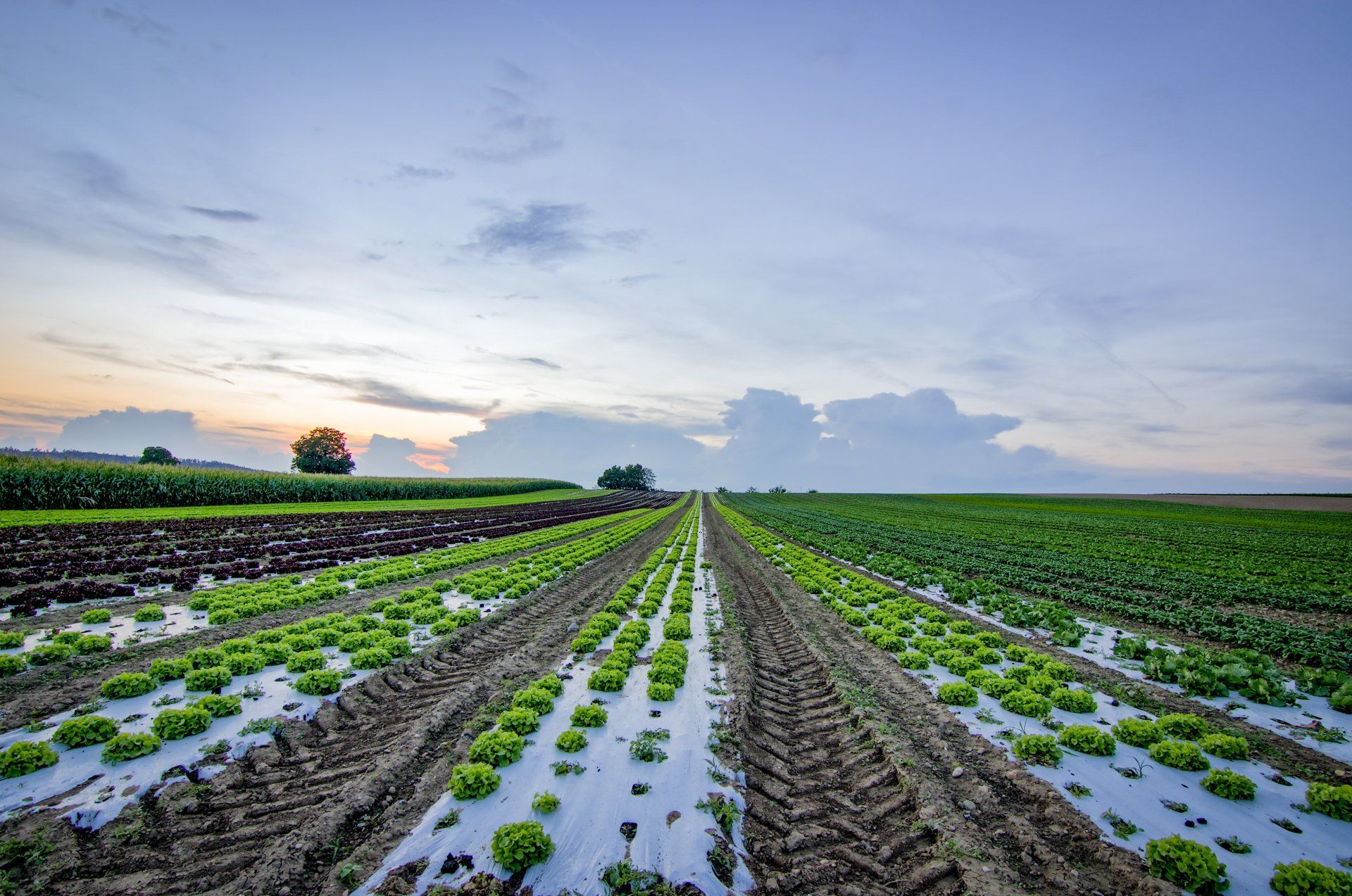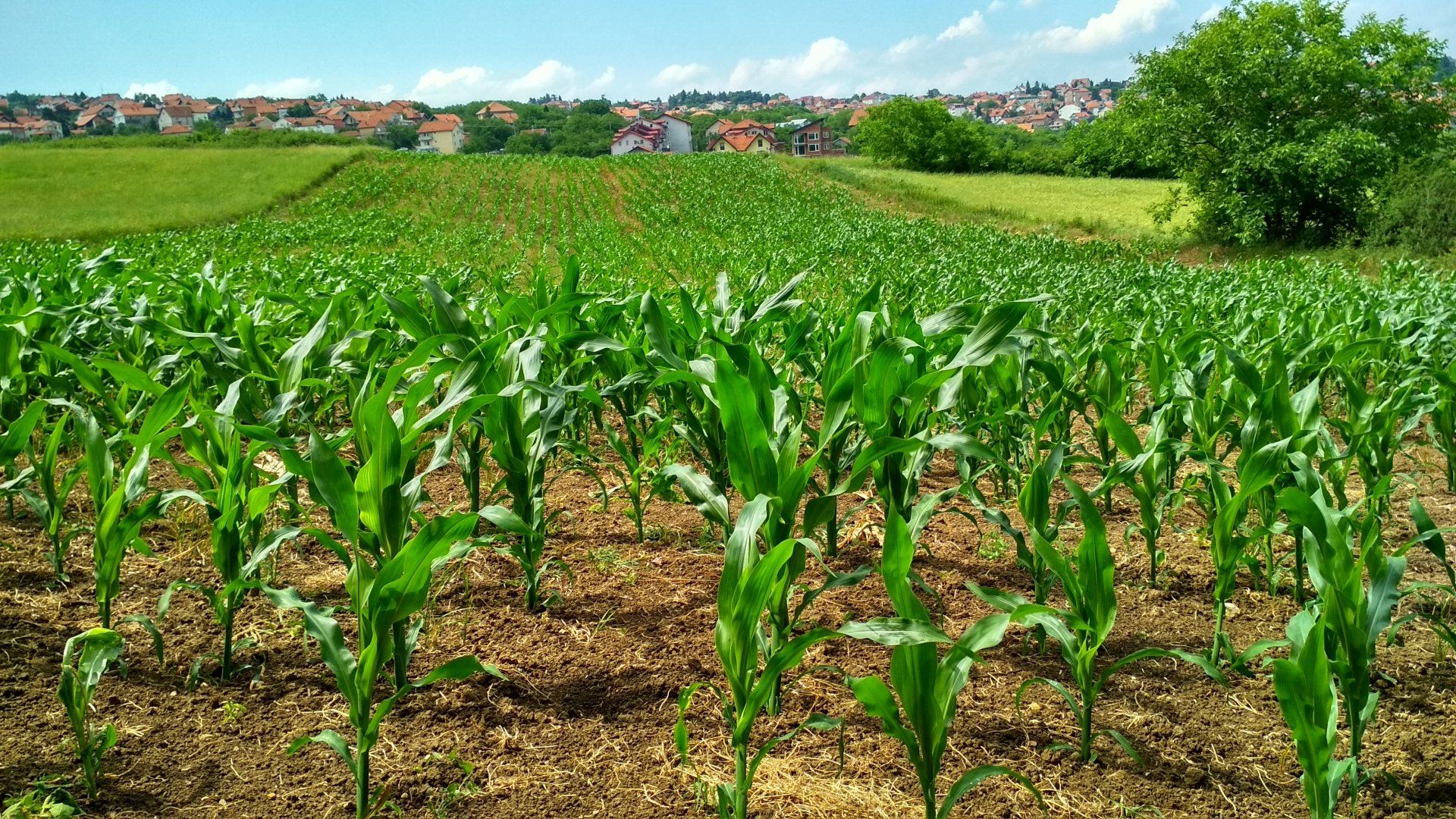The Beacon Blog: Consider It Briefed
Decolonizing Through Food Sovereignty
By Callum LaFrance, Staff Editor for the Vermont Journal of Environmental Law
May 17, 2023

Food is the fulcrum point for many people to pry away the tentacles of colonization. Food sovereignty is the principle behind the leverage.
Food sovereignty does not have a uniform definition; however, organizations generally define it as communities having control over the production, distribution, and quality of the food they consume. (1) Some other organizations take this definition further by addressing the social and economic relations of food systems:
“Food sovereignty is the right of peoples to healthy and culturally appropriate food produced through ecologically sound and sustainable methods, and their right to define their own food and agriculture systems. It puts the aspirations and needs of those who produce, distribute and consume food at the heart of food systems and policies rather than the demands of markets and corporations.” (2)
La Via Campesina, the organization that coined the term in 1996, further qualifies this definition; “Food is the expression of values, and human dignity, cultures, social relations and self-determination, interdependence with nature.” (3)
Along that line of interdependence with nature, communities bring benefits to themselves and the environment while pursuing food sovereignty. These benefits are the foil to the harm caused by the exploitative and extractive practices of colonial food systems. Instead of depleting the soil and producing food with low nutrient values, traditional practices produce resilient soils and nutrient rich food, without hazardous and expensive chemicals. (4) Furthermore, the money earned by food sales stays local, instead of being concentrated in a few agriculture corporations.
The history of colonial food systems has been that of domination and dependence. In the Americas, colonial powers worked to separate Indigenous people from their food sources to separate them from their cultural practices and weaken their ability to fight colonial expansion. Just a few of the many examples of these colonizing acts include: During the Sullivan Expedition the Continental army, while committing heinous war crimes against the Haudenosaunee, targeted and destroyed fields and winter stores of food; The American army, in a similar act, funded the near extermination of buffalo to weaken Indigenous peoples living on the plains and force them into dependency on government rations unreliably dispensed at the reservations; In South America the Spanish colonizers lead a destructive
campaign against quinoa cultivation to destabilize this cultural practice and force Indigenous farmers to rely on Spanish agricultural practices. (5)
Modern examples of colonial impacts on food systems exist as well. In South America Indigenous communities in the Amazon Basin have been forced to rely on commercial food supplies rather than their traditional food sources because government supported mining along the river has caused extremely dangerous levels of mercury contamination. (6) The Green Revolution, the agricultural movement in western societies that used heavy amounts of fertilizer, pesticides, and Genetically Modified Organisms, also continues to have a devastating effect on local farming communities. (7)
Despite increasing the global food yield and bringing relief to many countries experiencing famine in mid 20th century, this style of farming creates a dependency on industrial fertilizers and pesticides and designer seeds, the price point of which pushes small and traditional farmers out of the market. (8) This led to most food production being controlled by a few large agricultural corporations. (9)
Luckily, there are groups and organizations that work to empower people to take control of their lives through food. Organizations like Soul Fire Farm in New York and SUSU in Vermont grow healthy food for community members who lack access to healthy food. These organizations also educate people about traditional agricultural practices as a way to reclaim a connection to the land and control over what they eat. The Ron Finely Project follows a similar tack though teaching urban farming. The Palestinian Agricultural Relief Committees (PARC) channels resources and logistical aid to Palestinian farmers with the goal of creating “strong Palestinian rural areas empower[ed] by its agriculture sector and backboned with sovereignty.” (10) In the United States, the push for returning land access to Federal lands to Indigenous peoples has also aided the food sovereignty movement because it increases access to traditional food sources and medicines. (11)
Citations
- USDI BIA, Why Food Sovereignty Matters, https://www.bia.gov/service/indigenous-tourism/why-food-sovereignty-matters (last visited May 4, 2023).
- U.S. FOOD SOVEREIGNTY ALL., http://usfoodsovereigntyalliance.org/what-is-food-sovereignty/ (last visited Mar. 27, 2023).
- LA VIA CAMPESINA, PEASANT RIGHTS AND FOOD PRODUCTION 6 (Oct. 3, 2022), https://viacampesina.org/en/undrop-thematic-booklet-no-2-peasant-rights-and-food-production-now-available/.
- THE CLIMATE REALITY PROJECT, LOVE REGENERATIVE AGRICULTURE? THANK INDIGENOUS PEOPLES, (Sept. 22, 2022) https://www.climaterealityproject.org/blog/love-regenerative-agriculture-thank-indigenous-peoples.
- NAT’L PARK SERV., The Clinton-Sullivan Campaign of 1779, https://www.nps.gov/articles/000/the-clinton-sullivan-campaign-of-1779.htm (last visited Mar. 27, 2023); J. Weston Phippen, Kill Every Buffalo You Can! Every Buffalo Dead Is an Indian Gone’, THE ATLANTIC, May 13, 2016, https://www.theatlantic.com/national/archive/2016/05/the-buffalo-killers/482349/; FoodPrint, https://foodprint.org/real-food/quinoa/ (last visited Mar. 27, 2023).
- INFOAMAZONIA, https://infoamazonia.org/en/2021/11/26/indigenous-munduruku-contaminated-mercury/ (last visited Mar. 27, 2023).
- The Green Revolution was the agricultural movement in western societies that used heavy amounts of fertilizer, pesticides, and Genetically Modified Organisms. For more on its impacts see INT’L FOOD POL’Y RSCH. INST., Green Revolution: Curse or Blessing?, 3 (2002) https://www.ifpri.org/publication/green-revolution.
- Id.
- Id.
- PALESTINIAN AGRIC. RELIEF COMMS., https://pal-arc.org/about-us/en (last visited May 4, 2023).
- Jim Robbins, How Returning Lands to Native Tribes Is Helping Protect Nature, YALE ENVIRONMENT 360, (June 3, 2021) https://e360.yale.edu/features/how-returning-lands-to-native-tribes-is-helping-protect-nature; Lynda Mapes, First Foods: How Native people are revitalizing the natural nourishment of the Pacific Northwest, SEATTLE TIMES, (July 10, 2022), https://projects.seattletimes.com/2022/first-foods-native-people-pacific-northwest-preserving/.

